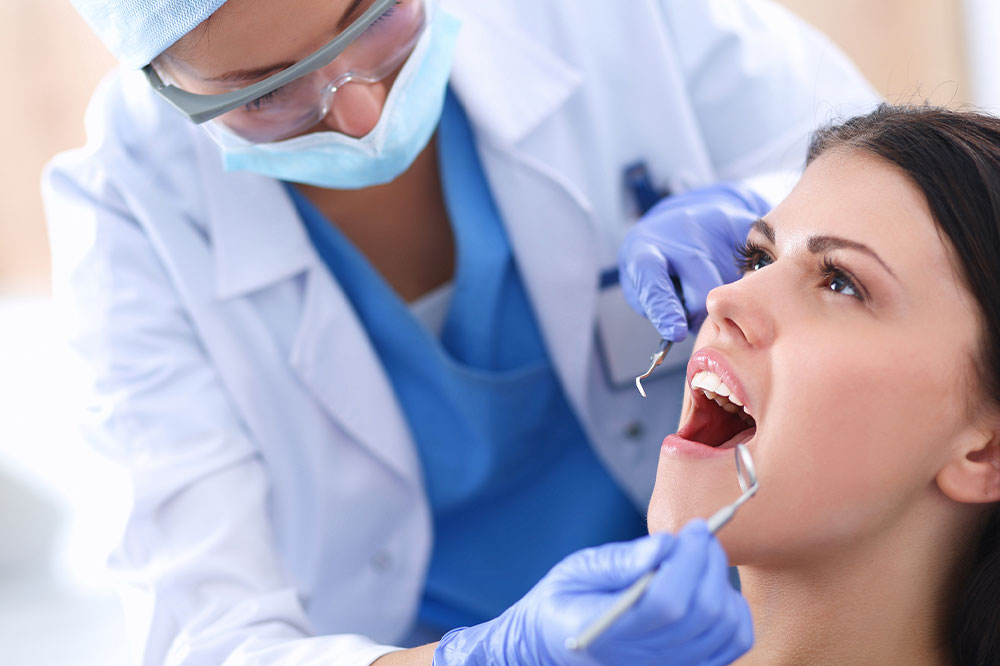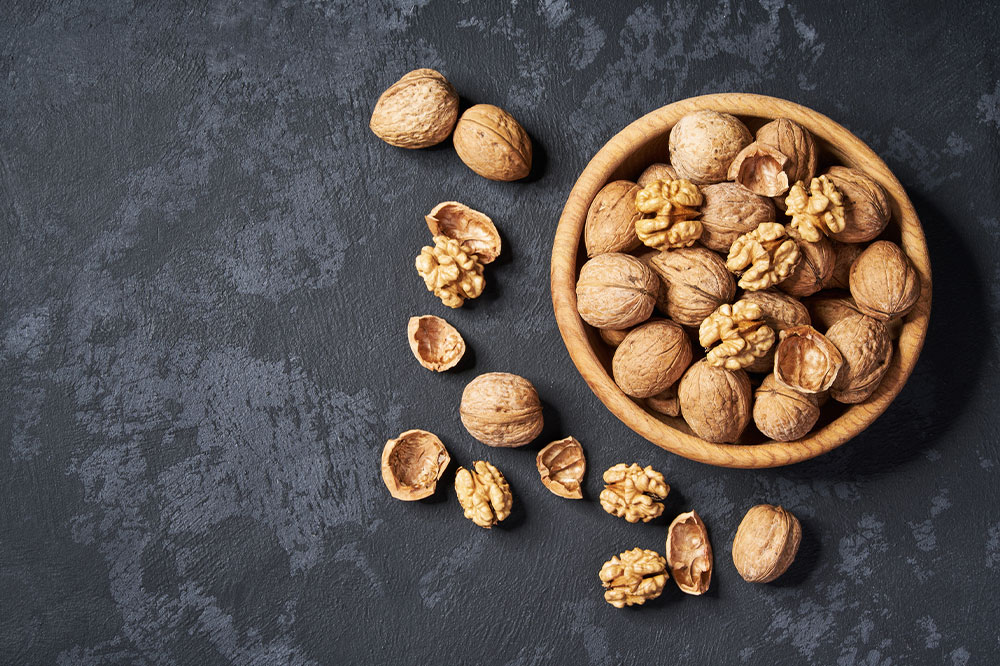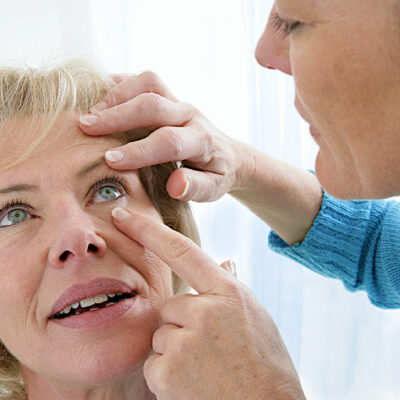
10 Early Warning Signs of Seizure
Seizures can be frightening and disruptive, affecting individuals of all ages. Recognizing the early warning signs of a seizure is crucial for prompt intervention and ensuring the safety and well-being of those experiencing them. While seizures manifest differently from person to person, there are common indicators that can help identify an impending episode. By understanding these signs, one can be better prepared to recognize and assist someone in need, promoting a safer and more supportive environment. Aura This is the most common sign of a seizure. An aura usually happens before the seizure occurs. Auras can be experienced in multiple forms, including unusual taste, smell, visual disturbances, or even as a déjà vu. Auras are hard to take note of as they are only present for a few seconds before the seizure occurs. It is often considered to be the first sign of an impending seizure. Therefore, it is important to learn to understand and recognize the aura experienced by the individual, as it can serve as an indicator of an upcoming seizure. Emotional changes People who experience seizures may sometimes experience abrupt or sudden changes in their moods or emotions. It is notable in the sudden eruption of anxiousness, agitation, or irritability in the patient for no apparent reason.
Read More 










